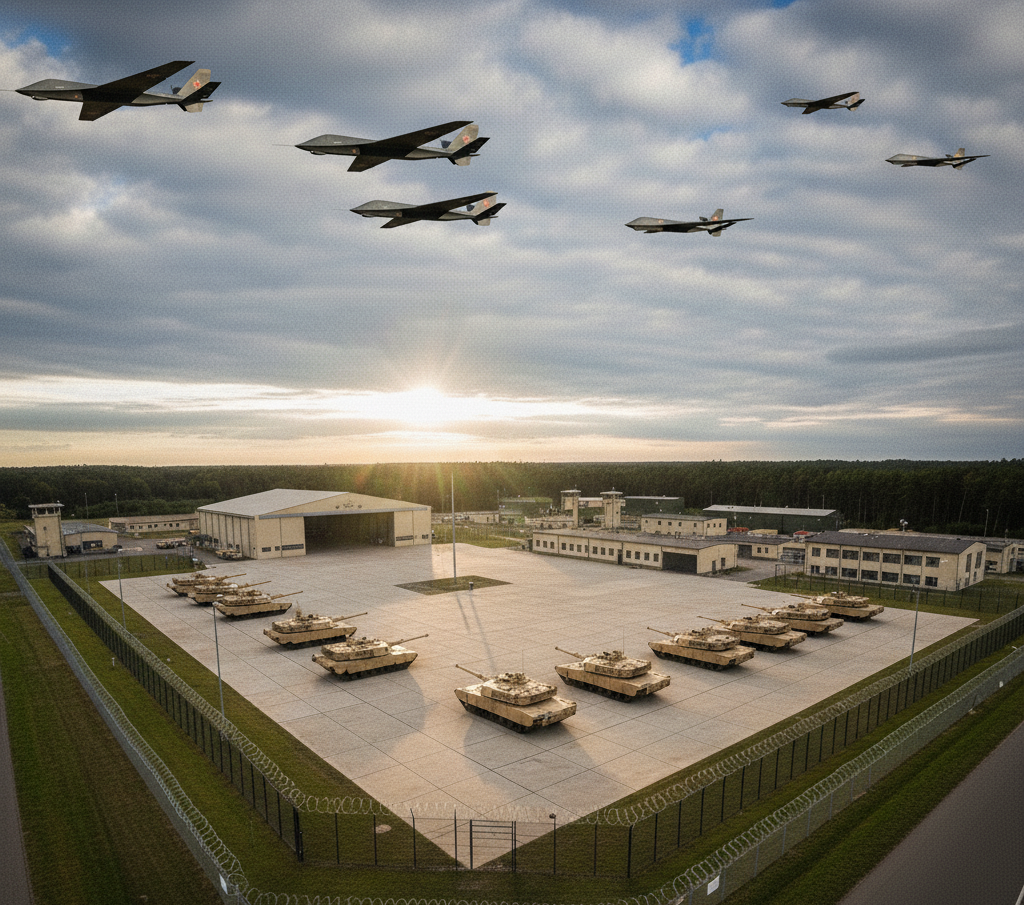U.S. and European military officials have expressed growing concern over Russian surveillance drones spotted flying over military supply routes in eastern Germany, where the United States and its allies ferry weapons and equipment bound for Ukraine.
According to Western intelligence officials, the drones — some allegedly manufactured in Iran — are being used by Russia or its proxies to gather intelligence on logistical movements. The surveillance, they warn, could not only inform Moscow’s battlefield strategies in Ukraine but also provide data for potential future sabotage operations across Europe.
A Shift in Russia’s Tactics
The latest reports come amid what analysts describe as a relative decline in Russian sabotage operations this year. In 2023 and 2024, Europe saw a surge of Kremlin-linked plots, including fires at warehouses in Britain, attempts to cut undersea cables, and an attack on a dam in Norway.
But incidents have dropped in 2025, partly due to heightened security measures, intelligence sharing among NATO allies, and European law enforcement crackdowns.
“The landscape is more difficult for Russians to operate,” said Seth Jones of the Center for Strategic and International Studies, noting Moscow may be treading carefully as diplomatic negotiations around Ukraine intensify.
Still, experts warn that the drone flights over Germany’s Thuringia region represent “straight-up espionage,” enabling Russia to map supply chains, identify manufacturers of U.S.-made weapons, and monitor how arms flow into Poland before reaching Ukraine.
Recent Arrests Highlight Threat
Concerns about sabotage remain real. In May, German and Swiss authorities arrested three Ukrainian nationals accused of plotting to place explosives on cargo planes transiting Germany — a scheme Western officials linked to Russia’s wider campaign.
U.S. spy agencies had reportedly tipped off German intelligence about the plan, underscoring Washington’s deepening role in coordinating counter-intelligence efforts across Europe.
German Response
Germany has been quietly ramping up anti-drone defenses at military bases, according to the German publication WirtschaftsWoche, which first reported the drone flights. Officials said drones flying near logistics hubs represented a “considerable security risk.”
Western intelligence sources believe at least some of the drones may have launched from ships in the Baltic Sea, though their exact origin remains unclear.
Implications for Ukraine and NATO
For now, officials believe the flights are primarily aimed at collecting battlefield intelligence — learning what weapons are moving and when. But experts caution that the information could later be used to disrupt supply chains if Russia chooses to escalate its covert operations.
“If at some point the Russians wanted to get more aggressive, they already know the routes and the firms involved,” said Mr. Jones. “That intelligence would be invaluable for sabotage or subversive actions.”
The revelations add a new dimension to NATO’s ongoing struggle to secure Europe’s logistical backbone, underscoring the fragility of support pipelines to Ukraine and the Kremlin’s determination to undermine them, even from afar.













